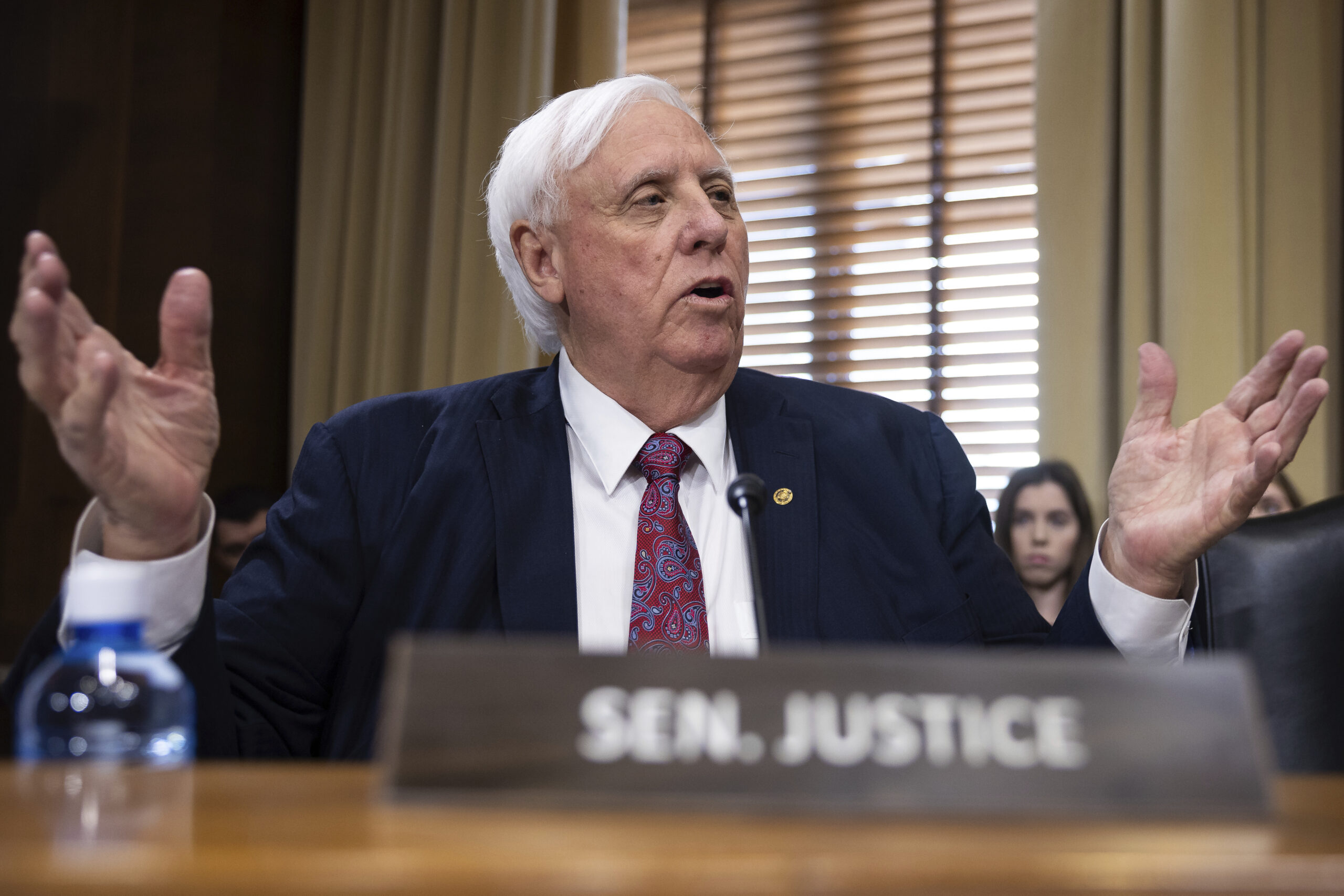
Publicly, Homeland Security Secretary Kristi Noem has said the Federal Emergency Management Agency needs to be reoriented or even done away with altogether.
“We are eliminating FEMA,” Noem said at a televised meeting of President Donald Trump’s Cabinet in March.
But with hurricane season about to start, Noem has been quietly pushing behind the scenes to keep key employees in place and to approve reimbursements to states previously hit by disaster, sources familiar with the situation told NBC News.
Trump himself talked about possibly “getting rid of” FEMA shortly after he was inaugurated for his second term, while he was touring North Carolina to see areas of the state damaged by Hurricane Helene. There has been no public indication that his administration, including Noem, is reconsidering that stance — indeed, the administration’s original acting FEMA administrator, Cameron Hamilton, was removed from the job one day after he testified at a congressional hearing that he does not think “it is in the best interests of the American people to eliminate” FEMA. Tricia McLaughlin, a Department of Homeland Security spokesperson, has told NBC News that the move was not a response to his testimony.
There does, however, appear to be some internal recognition that, absent a plan ready for how the country would move forward without FEMA, important elements of the agency and its work have to remain in place for now.
According to internal documents reviewed by NBC News, on May 19, Noem approved a request from newly installed acting FEMA Administrator David Richardson to retain 2,652 employees whose terms had been set to expire between April and December. The employees are part of FEMA’s Cadre of On-Call Response/Recovery Employees (CORE) group, for which people are always hired for specific periods of two to four years; their departures this year would have left FEMA without a large number of key employees during hurricane season. According to a report by the Government Accountability Office, FEMA had 8,802 total CORE employees as of fiscal year 2022.
A FEMA employee told NBC News that the workforce seemed surprised and pleased that Noem decided to keep the CORE employees on during hurricane season after the administration had moved to cut them.
The same week FEMA was moving to keep those key employees in place, the White House was suddenly approving disaster recovery reimbursement requests from 10 states, including some that had been stalled for months, accounting for 20% of all such approvals in Trump’s second term, according to FEMA disaster approval data online.
Three sources familiar with Noem’s recent actions say she has taken an outsized role compared with previous secretaries in pushing the White House to support FEMA and reimburse states.
State and local governments are entitled by statute to have 75% of their costs for disasters reimbursed by the federal government. Anything above that is determined by a fixed formula or, if the formula’s requirements are not met, by the president. In the past, the White House generally approved what FEMA officials determined was appropriate based on those formulas, leaving the homeland security secretary to function largely as a rubber stamp, according to two sources familiar with the disaster approval process. But with the White House pushing to downsize FEMA’s role and encourage more states to bail themselves out, at least as of last week, the White House had repeatedly pushed back against FEMA’s recommendations, according to one of the sources familiar with Noem’s recent actions. And Noem had gotten involved.
Asked for comment on this article, McLaughlin, the DHS spokesperson, said in a statement: “This is a sad attempt by the mainstream media to drive a false narrative that there is daylight between President Trump and Secretary Noem. To the media’s chagrin, there’s not. Secretary Noem has been implementing President Trump’s vision for the future of FEMA to shift it away from a bloated, DC-centric bureaucracy that has let down the American people.”
Because previous administrations typically approved reimbursements that FEMA determined should be made, states might not have the ability to shoulder the burden without having planned for it years in advance.
“For a state like North Carolina, it’s significant. And in a state like Alabama or Mississippi, it would bankrupt the state,” said Michael Coen, who was chief of staff at FEMA during the Biden administration. “They would have to take out a bond. They would have to look at how they increase tax revenue. For some of these states, it might be twice what their annual budget is for the year. So when the DHS secretary or White House is saying states are going to have to own the problem … these states are going to need to have a different mindset for how they budget.”
Though the CORE employees are being kept on, a large number of FEMA’s senior executives have left this year, largely voluntarily, raising concerns internally and among outside observers and members of Congress about its ability to respond during hurricane season. Sixteen senior officials whose departures were announced in an internal email last week had a combined 228 years of experience at FEMA. Four additional senior executive departures were announced Wednesday in an email from the acting chief of staff at FEMA, who is herself set to step down.
“It’s like having a relay team, and instead of having six members you’ve only got four, and yeah, you can do it, but those four runners are going to have to run more than they’re trained for,” the FEMA employee said.
CORRECTION (May 29, 2025, 10:04 p.m. ET): An earlier version of this article misspelled the last name of a former FEMA chief of staff. He is Michael Coen, not Cohen.








